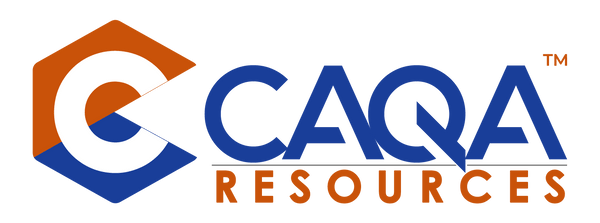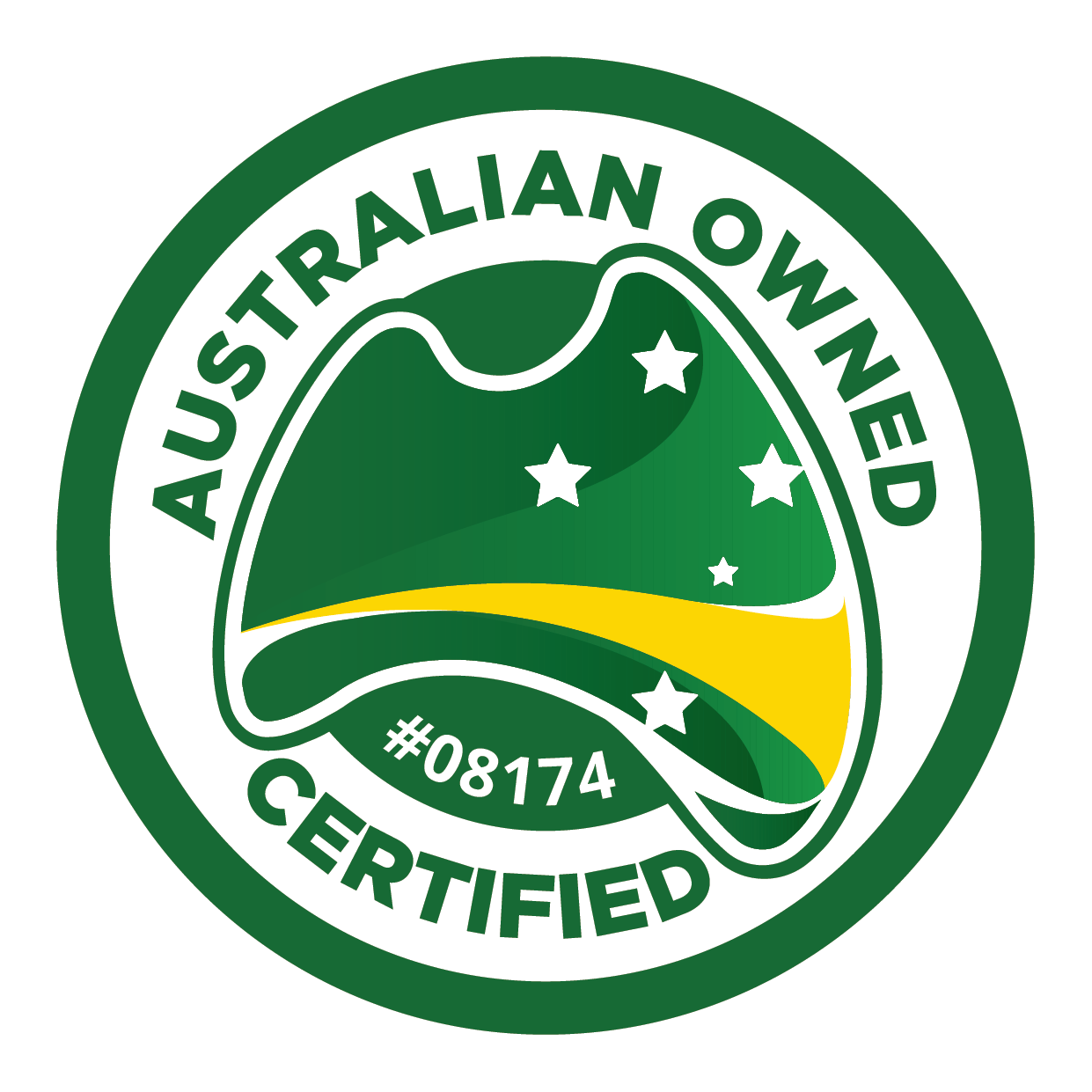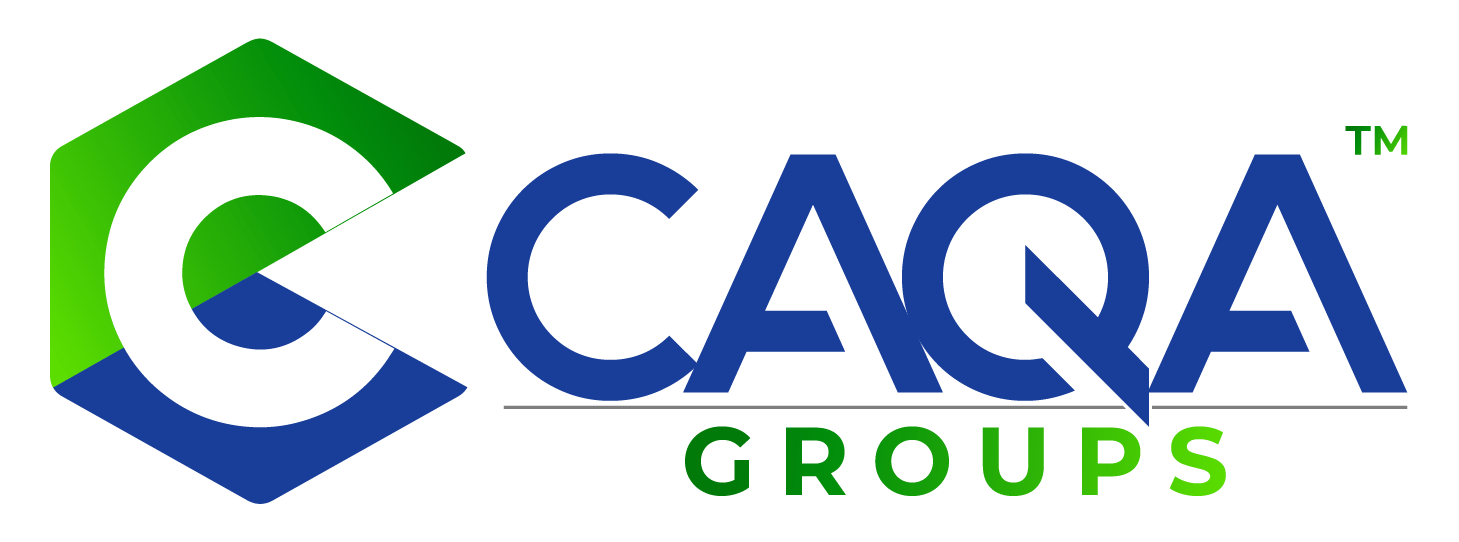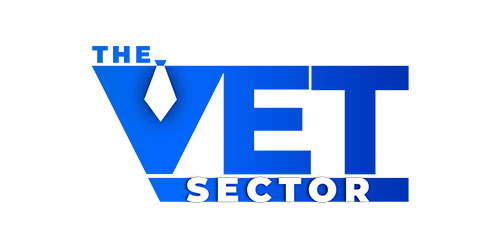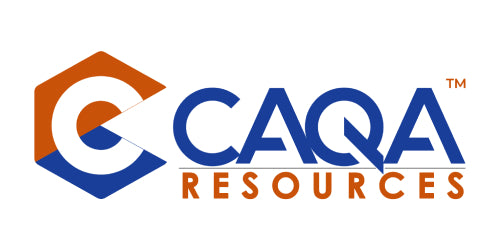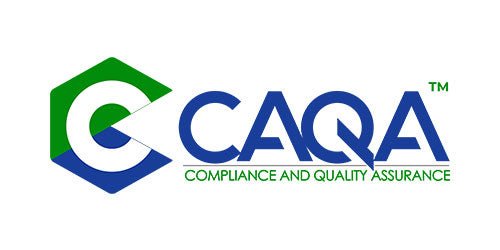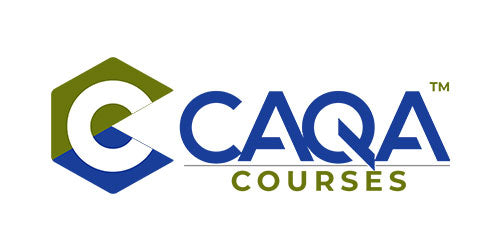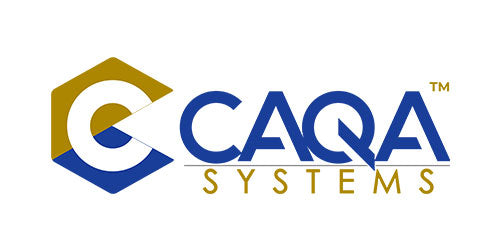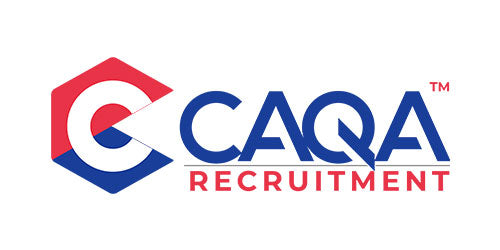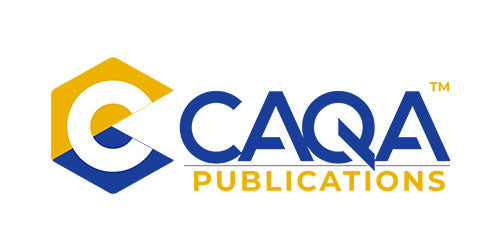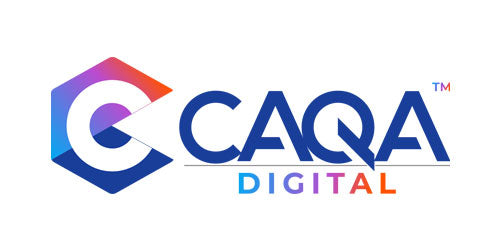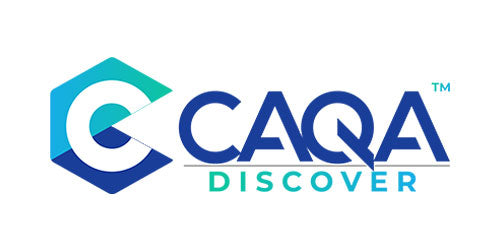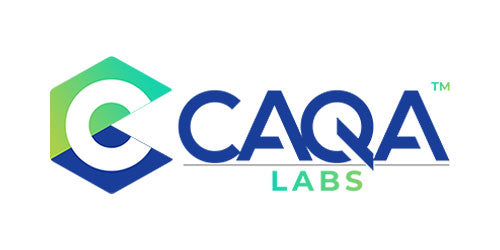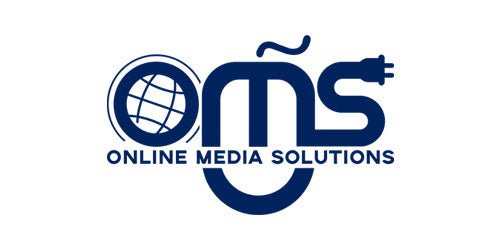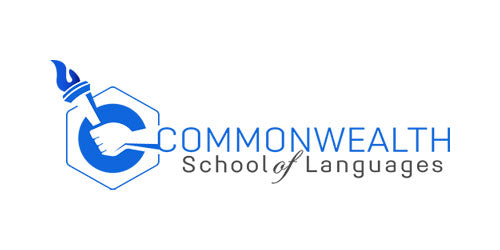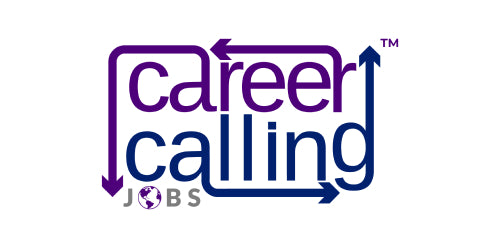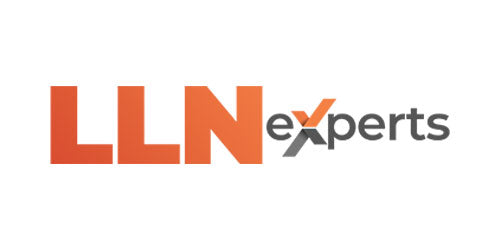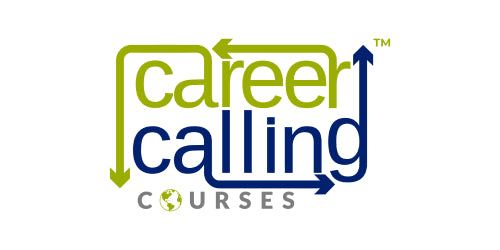In the dynamic landscape of Vocational Education and Training (VET), Registered Training Organisations (RTOs) are tasked with the crucial responsibility of delivering high-quality education that meets industry standards and learner needs. At the heart of this mission lie two fundamental principles: adherence to training package requirements and a commitment to continuous improvement. This article delves into the intricacies of Clause 1.4 and Clause 2.2 of the Standards for Registered Training Organisations 2015, exploring how RTOs can not only meet these standards but excel in their implementation.
The Foundation of Quality: Meeting Training Package Requirements
Clause 1.4 sets the baseline for quality in VET by mandating that "The RTO meets all requirements specified in the relevant training package or VET accredited course." This seemingly straightforward requirement is, in fact, a complex and multifaceted challenge that touches every aspect of an RTO's operations.
At its core, Clause 1.4 demands a deep understanding of the training package or VET accredited course that an RTO is delivering. This understanding goes beyond a superficial reading of the package components; it requires a nuanced interpretation of how these components translate into effective training and assessment practices.
RTOs must ensure that their training and assessment strategies align perfectly with the requirements outlined in the training package. This alignment covers various aspects, including:
Curriculum Design: The content of the training must comprehensively cover all elements and performance criteria specified in the units of competency. It's not enough to simply touch on these areas; the training must provide learners with the depth of knowledge and skills required to demonstrate competency in real-world scenarios.
Assessment Methods: The assessment tools and methods used must accurately measure a learner's competency against the standards set in the training package. This often requires a mix of theoretical and practical assessments that reflect the complexity of skills and knowledge outlined in the package.
Volume of Learning: RTOs must ensure that the amount of training provided is sufficient for learners to develop the required skills and knowledge. This can be a delicate balance, as it must take into account the diverse needs of learners while still meeting the rigorous standards set by the training package.
Resources and Equipment: The training package often specifies the resources and equipment necessary for delivering the training and conducting assessments. RTOs must ensure they have access to these resources and that they are up-to-date and reflective of current industry standards.
Trainer and Assessor Qualifications: The training package may stipulate specific qualifications or experience required for trainers and assessors. RTOs must ensure that their staff meet these requirements and maintain currency in their industry knowledge and skills.
Meeting these requirements is not a one-time achievement but an ongoing process. Training packages are regularly updated to reflect changes in industry practices and technologies. RTOs must have systems in place to monitor these changes and swiftly adapt their training and assessment strategies accordingly.
The Pursuit of Excellence: Continuous Improvement in Action
While Clause 1.4 sets the foundation for quality, Clause 2.2 propels RTOs towards excellence through continuous improvement. This clause requires RTOs to:
"systematically monitor the RTO's training and assessment strategies and practices to ensure ongoing compliance with Standard 1" and "systematically evaluate and use the outcomes of the evaluations to continually improve the RTO's training and assessment strategies and practices."
This requirement transforms quality assurance from a static, compliance-focused activity into a dynamic, evolving process of enhancement.
Systematic Monitoring: The Key to Proactive Quality Management
The first part of Clause 2.2 emphasises the importance of systematic monitoring. This is not a haphazard or occasional activity but a structured, ongoing process embedded in the RTO's operations. Effective monitoring involves:
Regular Internal Audits: Conducting thorough reviews of training and assessment practices against the standards set in Standard 1. These audits should be scheduled regularly and cover all aspects of the RTO's scope of registration.
Observation and Feedback: Implementing a system where experienced staff observe training and assessment sessions, providing constructive feedback to trainers and assessors.
Document Reviews: Regularly reviewing and updating training and assessment materials to ensure they remain aligned with training package requirements and industry standards.
Student Progress Tracking: Monitoring student progression and completion rates to identify any areas where learners may be struggling, which could indicate issues with the training or assessment strategies.
Industry Engagement: Maintaining ongoing dialogue with industry representatives to ensure that training remains relevant and aligned with current workplace practices.
This systematic monitoring serves as an early warning system, allowing RTOs to identify and address potential issues before they become significant problems. It also creates a culture of quality consciousness, where all staff are engaged in the process of maintaining and improving standards.
From Evaluation to Improvement: Closing the Quality Loop
The second part of Clause 2.2 focuses on using the outcomes of evaluations to drive continuous improvement. This is where the real power of quality assurance lies – in its ability to transform insights into action.
RTOs are required to gather evaluation information from various sources, including:
Quality/Performance Indicator Data: This includes data collected under Clause 7.5, such as learner engagement surveys and employer satisfaction questionnaires.
Validation Outcomes: Results from the systematic validation of assessment practices and judgments.
Client, Trainer, and Assessor Feedback: Direct input from those most closely involved in the training and assessment process.
Complaints and Appeals: Valuable insights can be gained from analysing patterns in complaints and appeals.
However, collecting this data is only the first step. The true challenge lies in analysing this information effectively and using it to inform meaningful improvements. This process might involve:
Data Analysis Workshops: Bringing together key staff to review evaluation data, identify trends, and brainstorm potential improvements.
Action Planning: Developing specific, measurable action plans to address identified areas for improvement.
Pilot Programs: Testing new approaches or strategies on a small scale before implementing them more broadly.
Feedback Loops: Implementing changes and then gathering further feedback to assess their effectiveness.
Professional Development: Using evaluation outcomes to inform staff training and development programs, ensuring that trainers and assessors are equipped with the skills and knowledge to implement improvements.
The Continuous Improvement Cycle: A Never-Ending Journey
The concept of continuous improvement implies that the process is never truly complete. As one set of improvements is implemented, new opportunities for enhancement emerge. This cyclical nature of improvement can be visualised as a spiral, where each iteration builds upon the last, leading to ever-higher levels of quality and performance.
For RTOs, embracing this continuous improvement cycle means:
Fostering a Culture of Quality: Encouraging all staff to take ownership of quality and to see improvement as an integral part of their role.
Celebrating Successes: Recognising and celebrating improvements, no matter how small, to maintain motivation and engagement in the process.
Learning from Setbacks: Viewing challenges and setbacks not as failures but as valuable learning opportunities that contribute to the organization's growth.
Staying Agile: Being prepared to adapt quickly to changes in industry practices, learner needs, or regulatory requirements.
Investing in Innovation: Allocating resources to explore new approaches to training and assessment that could enhance the learning experience and outcomes for students.
Challenges and Opportunities in Implementing Clauses 1.4 and 2.2
While the principles behind Clauses 1.4 and 2.2 are clear, their implementation can present challenges for RTOs. These challenges, however, also present opportunities for organizations to distinguish themselves in the competitive VET sector.
Resource Allocation: Maintaining up-to-date resources and equipment, as required by training packages, can be costly. However, RTOs that invest wisely in quality resources often find they attract more students and industry partnerships.
Keeping Pace with Change: The rapid evolution of industry practices can make it challenging to keep training current. RTOs that excel in this area often develop strong industry connections, positioning themselves as leaders in their field.
Balancing Compliance and Innovation: There can be a tension between meeting prescribed requirements and innovating in training delivery. The most successful RTOs find ways to meet compliance requirements while still pushing the boundaries of educational excellence.
Data Overload: With so many sources of evaluation data, RTOs can struggle to make sense of it all. Developing robust data analysis skills within the organisation can turn this challenge into a significant competitive advantage.
In conclusion, Clauses 1.4 and 2.2 of the Standards for Registered Training Organisations 2015 provide a framework for RTOs to not just meet minimum standards, but to strive for excellence in vocational education and training. By rigorously adhering to training package requirements and embracing a culture of continuous improvement, RTOs can ensure they are delivering high-quality, industry-relevant training that truly prepares learners for success in their chosen fields.
The journey of continuous improvement is not always easy, but it is infinitely rewarding. It leads to better outcomes for learners, stronger partnerships with industry, and a more resilient and adaptable organisation. In the ever-changing landscape of VET, those RTOs that master the art of continuous improvement will not just survive; they will thrive, setting new standards of excellence in education and training.









